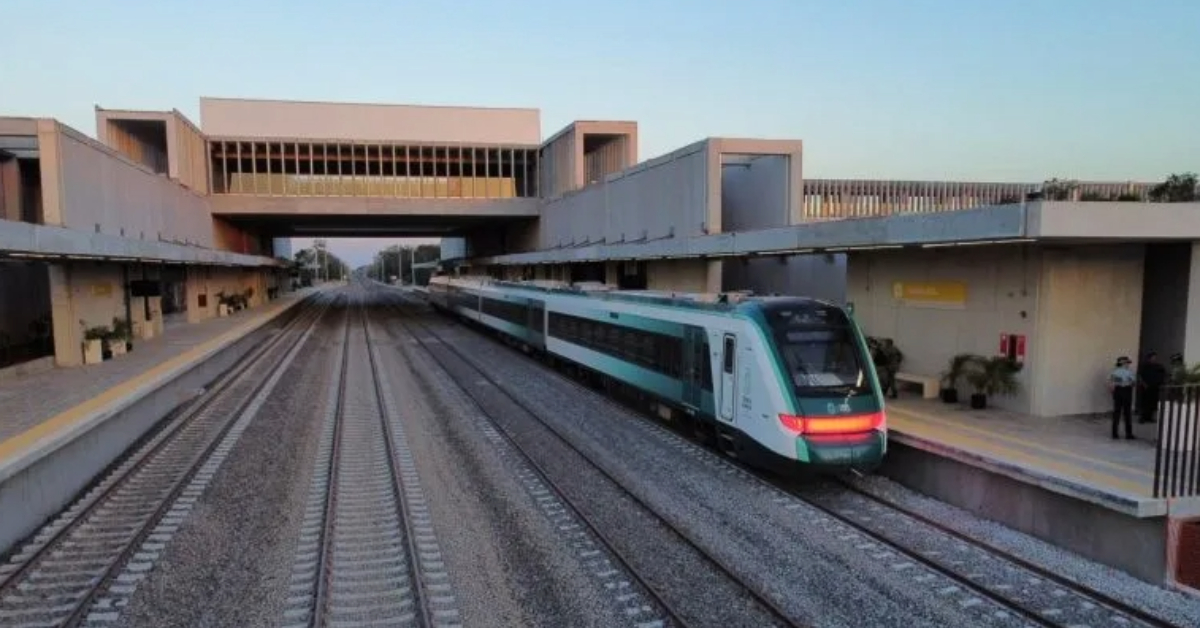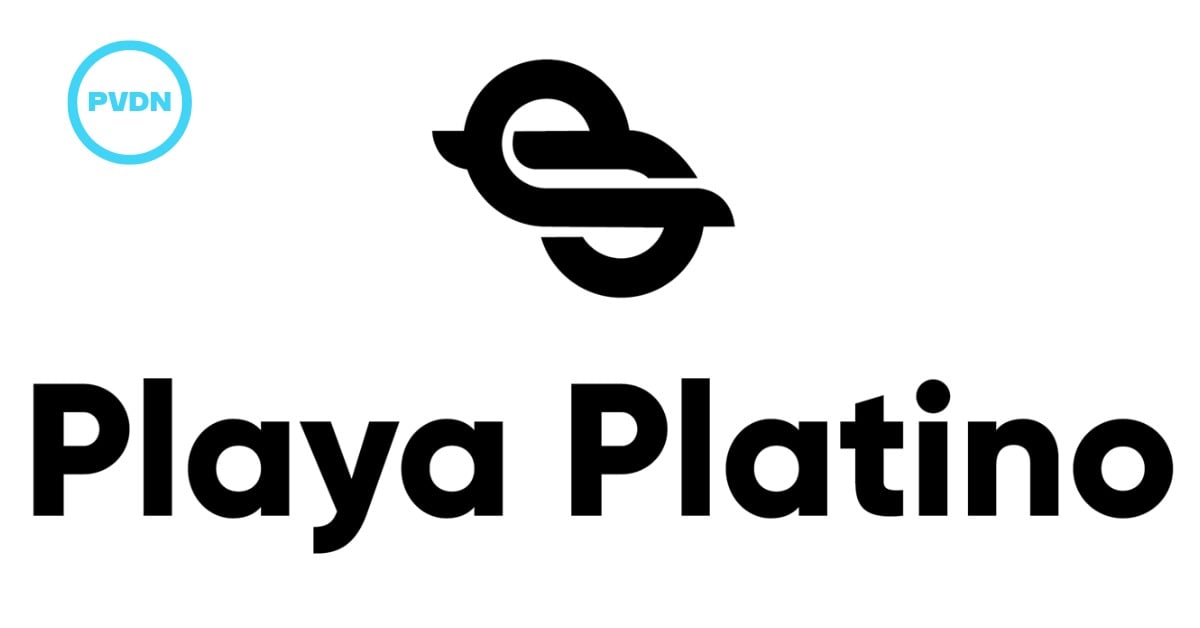Mexico moves forward with long distance passenger train revival, upgrading key corridors and preparing four main-line projects to restore services on 3,000 km of track. Mexico is pressing ahead with its long distance passenger revival, moving from planning into delivery with four…





